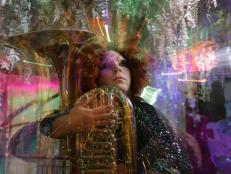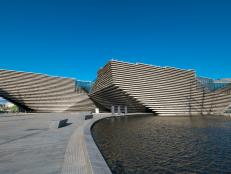10 Under-the-Radar Olympic Cities You Should Visit
The Olympic Torch may be extinguished but these destinations are as hot as ever.

By:
Ryan Reed
Shop This Look
St. Louis, Missouri
1904 Summer Olympics
When you think of Olympic cities in the United States, you probably think of Los Angeles, Atlanta and maybe even Salt Lake City. However, way back in 1904, St. Louis was the first city outside of Europe to host an Olympic Games. This was also the first Olympic games where gold, silver and bronze medals were given to the first, second and third place participants. Top Attractions: Gateway Arch, Busch Stadium, Anheuser-Busch Brewery, Missouri Botanical Garden, Forest Park, St. Louis Art Museum.


